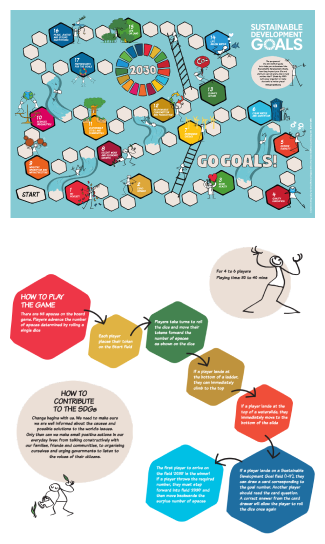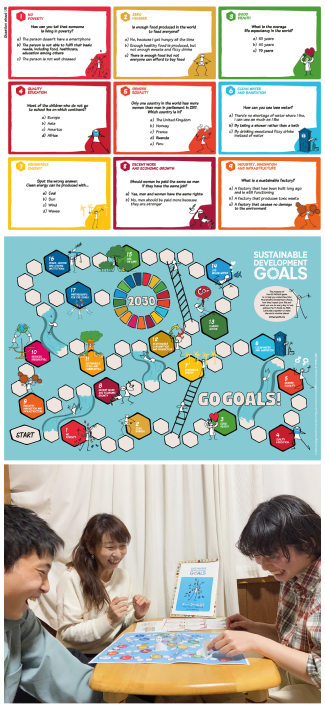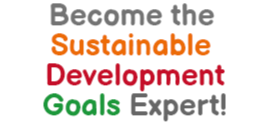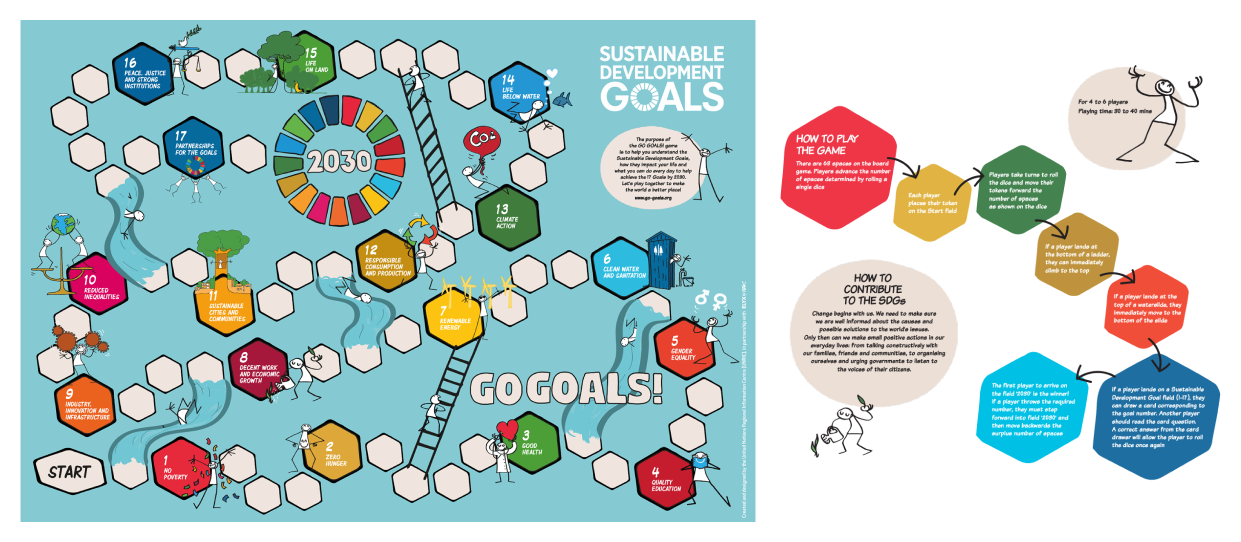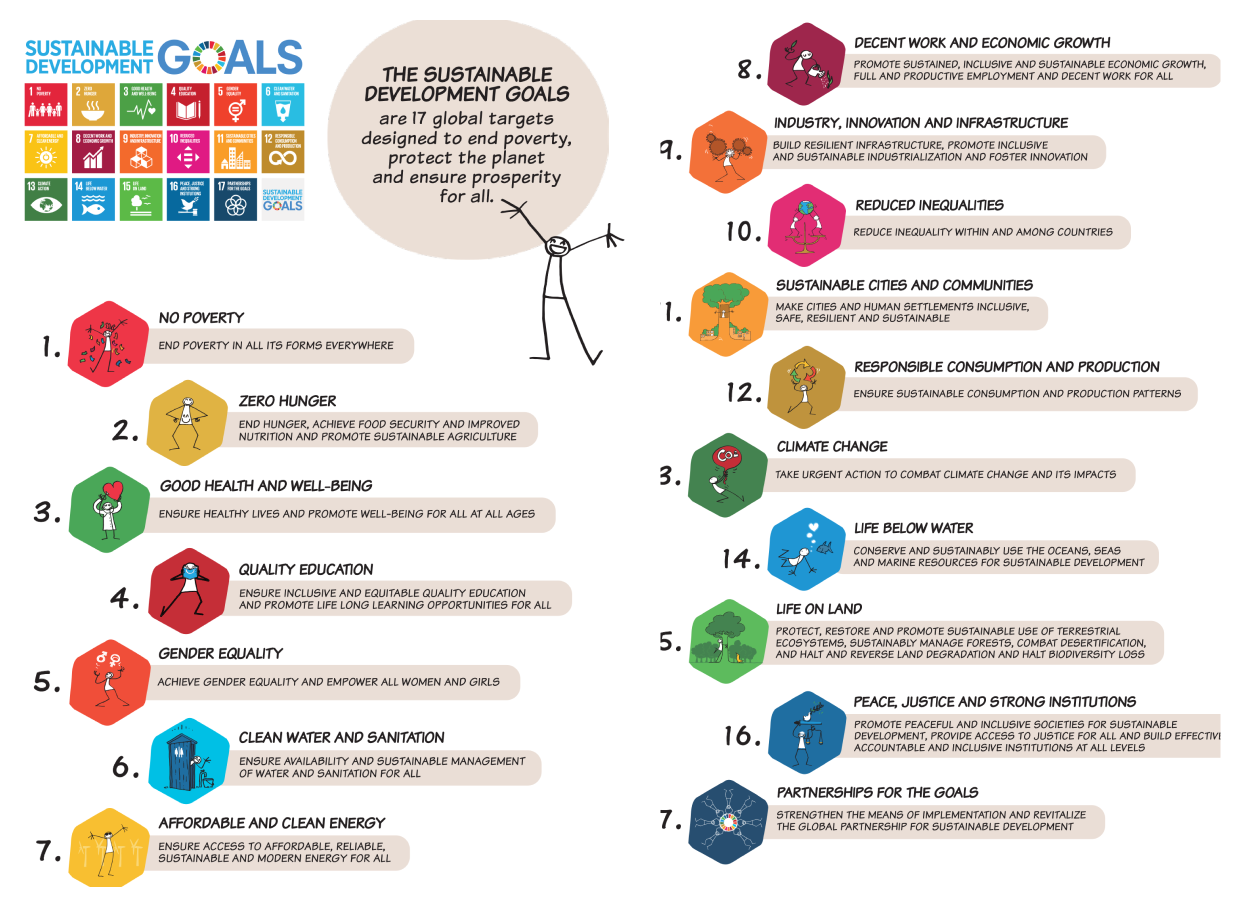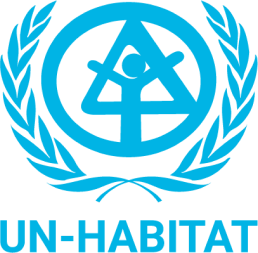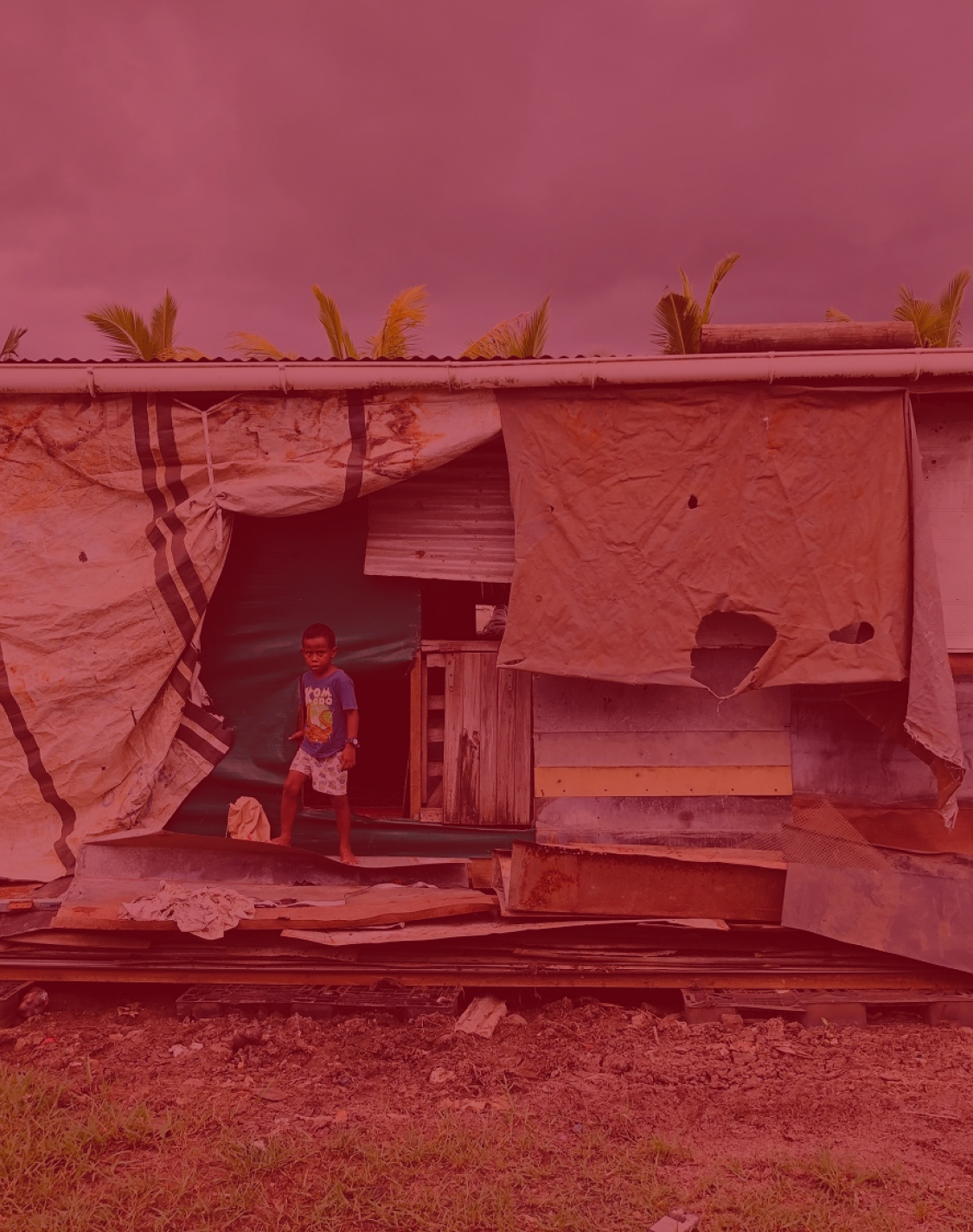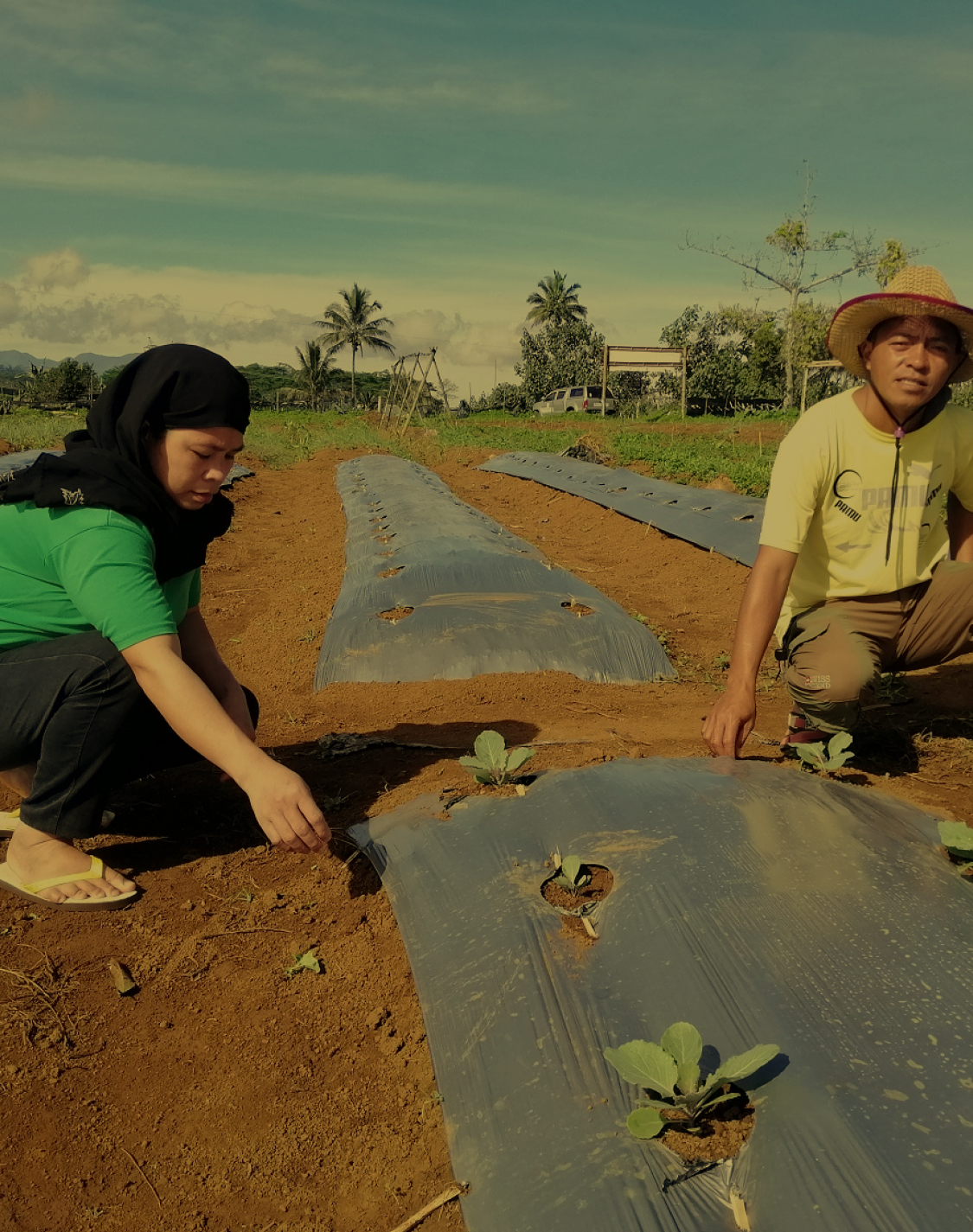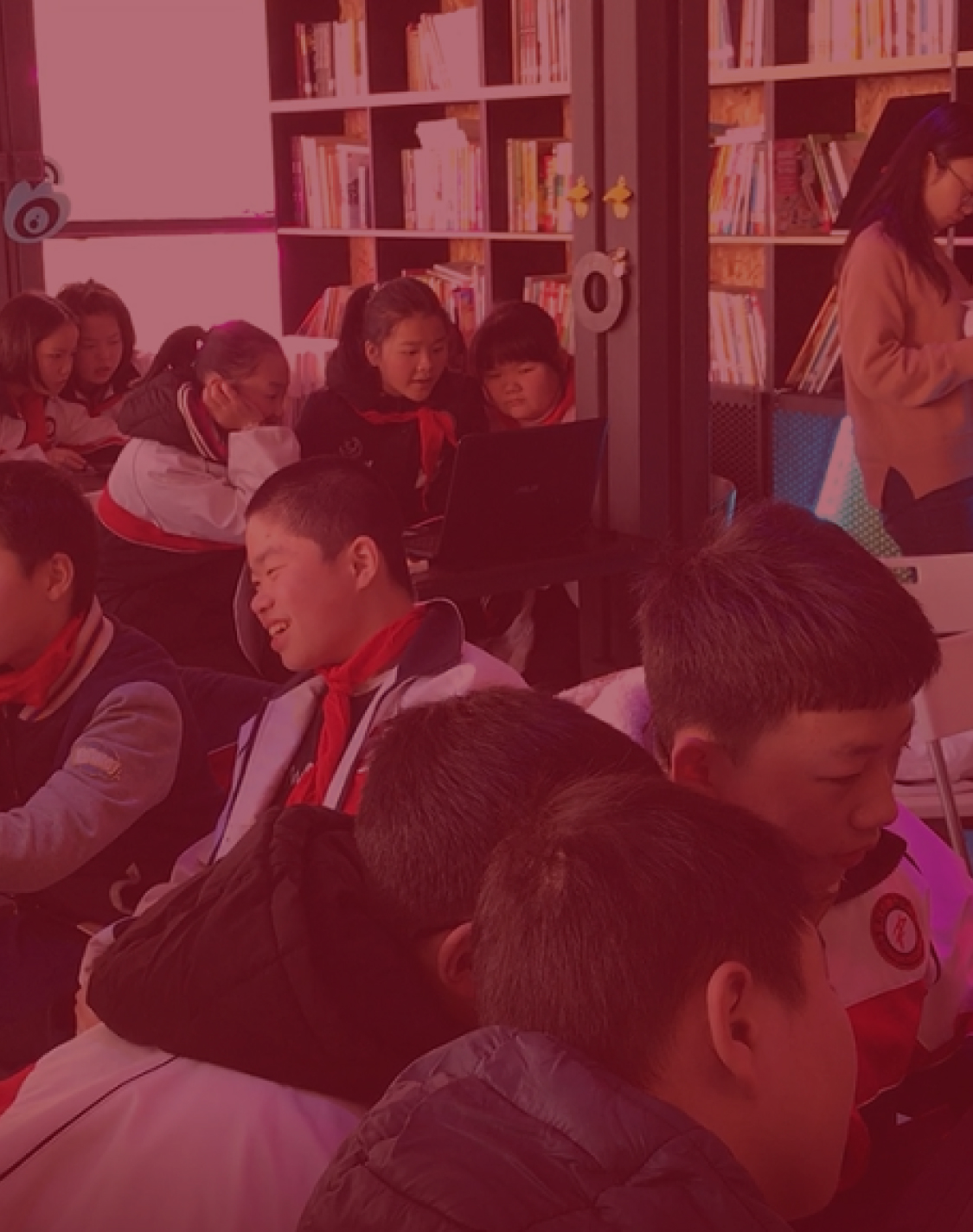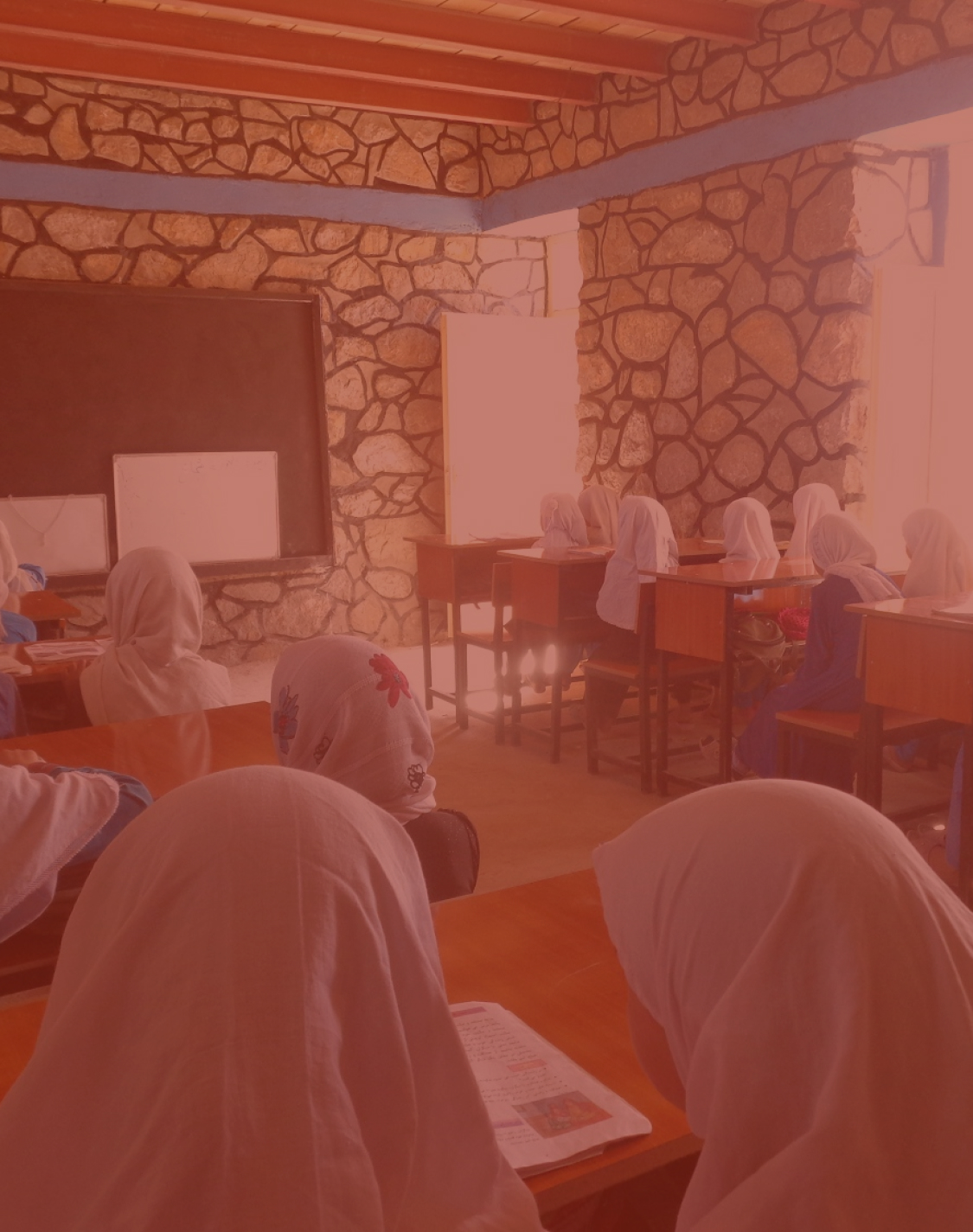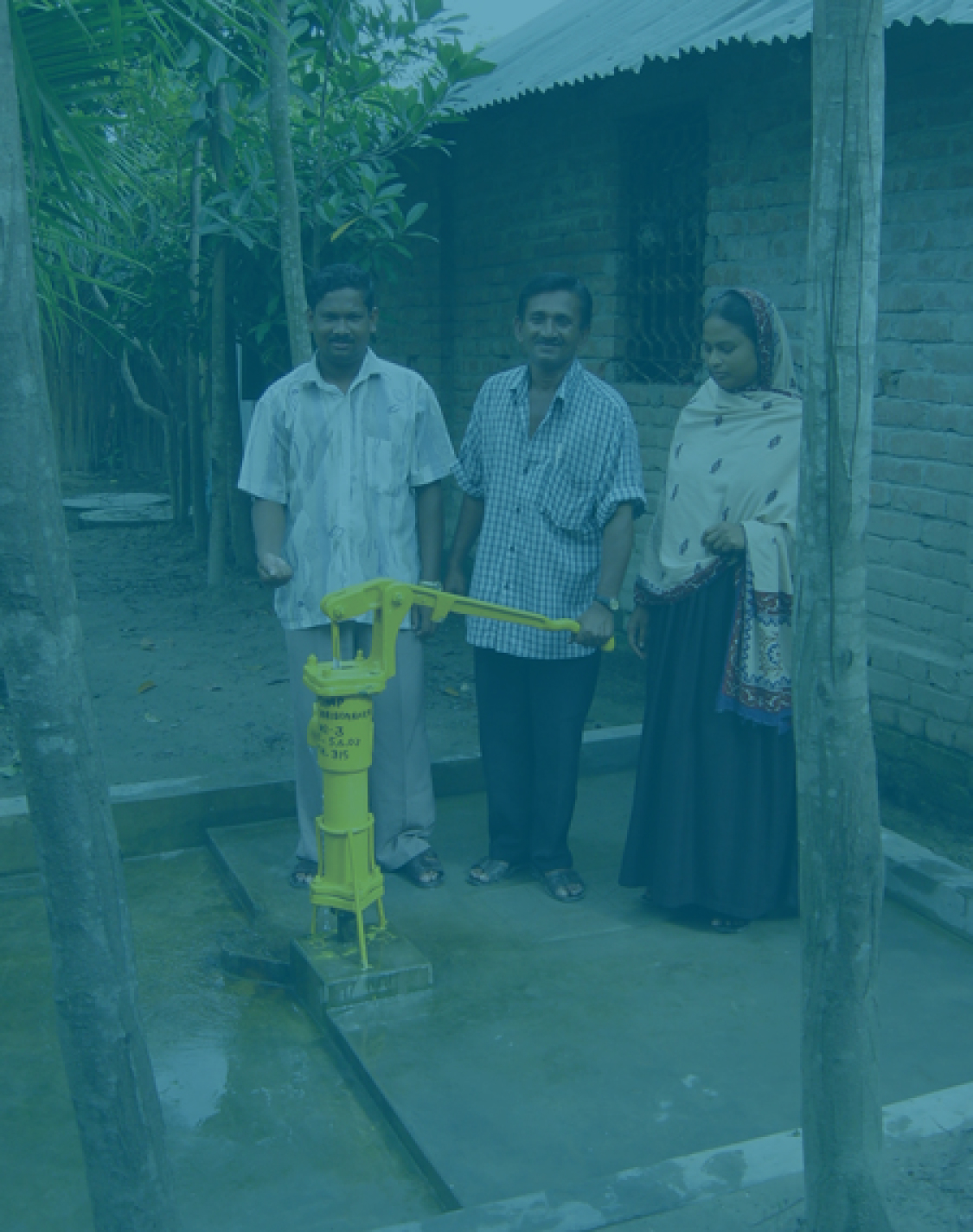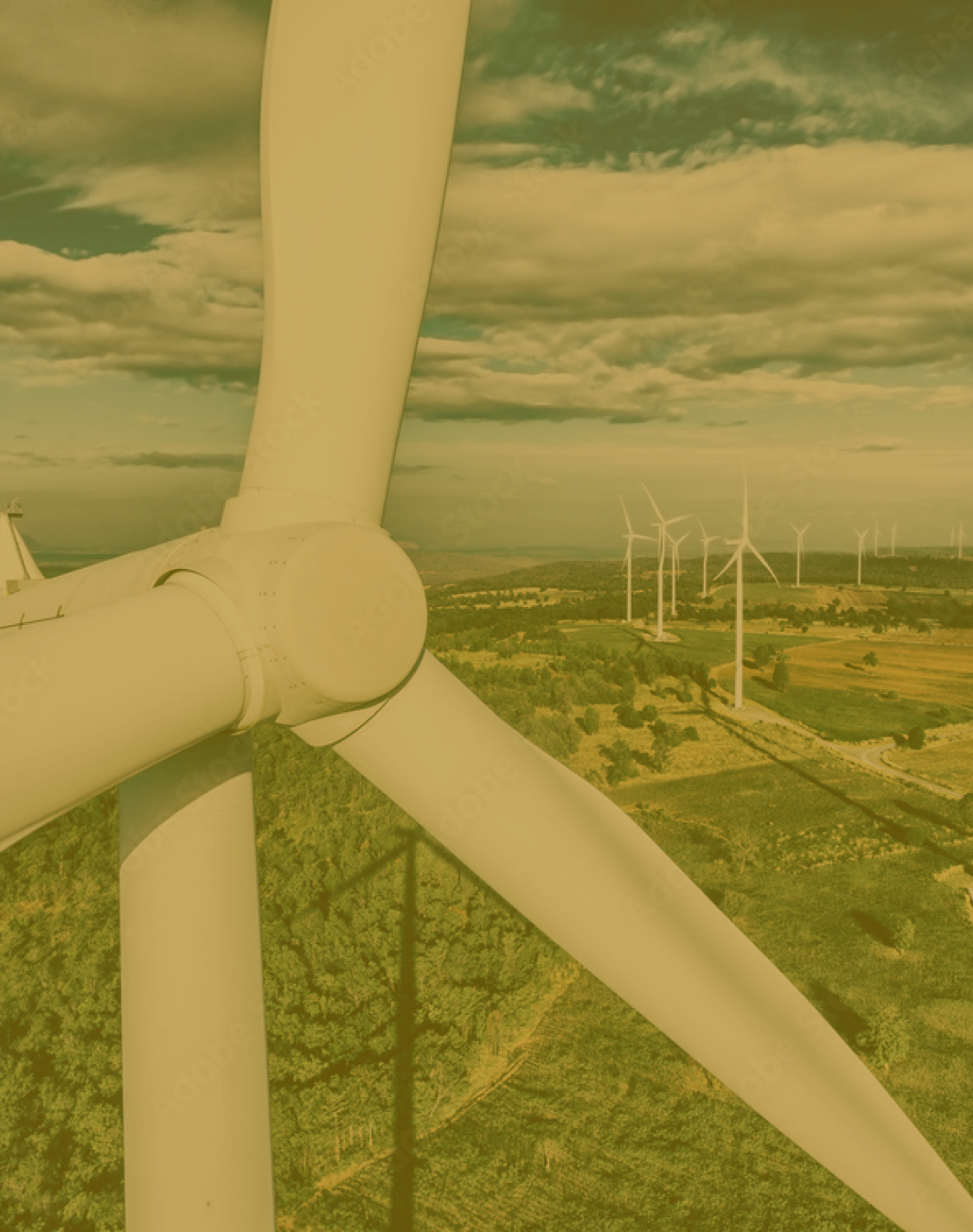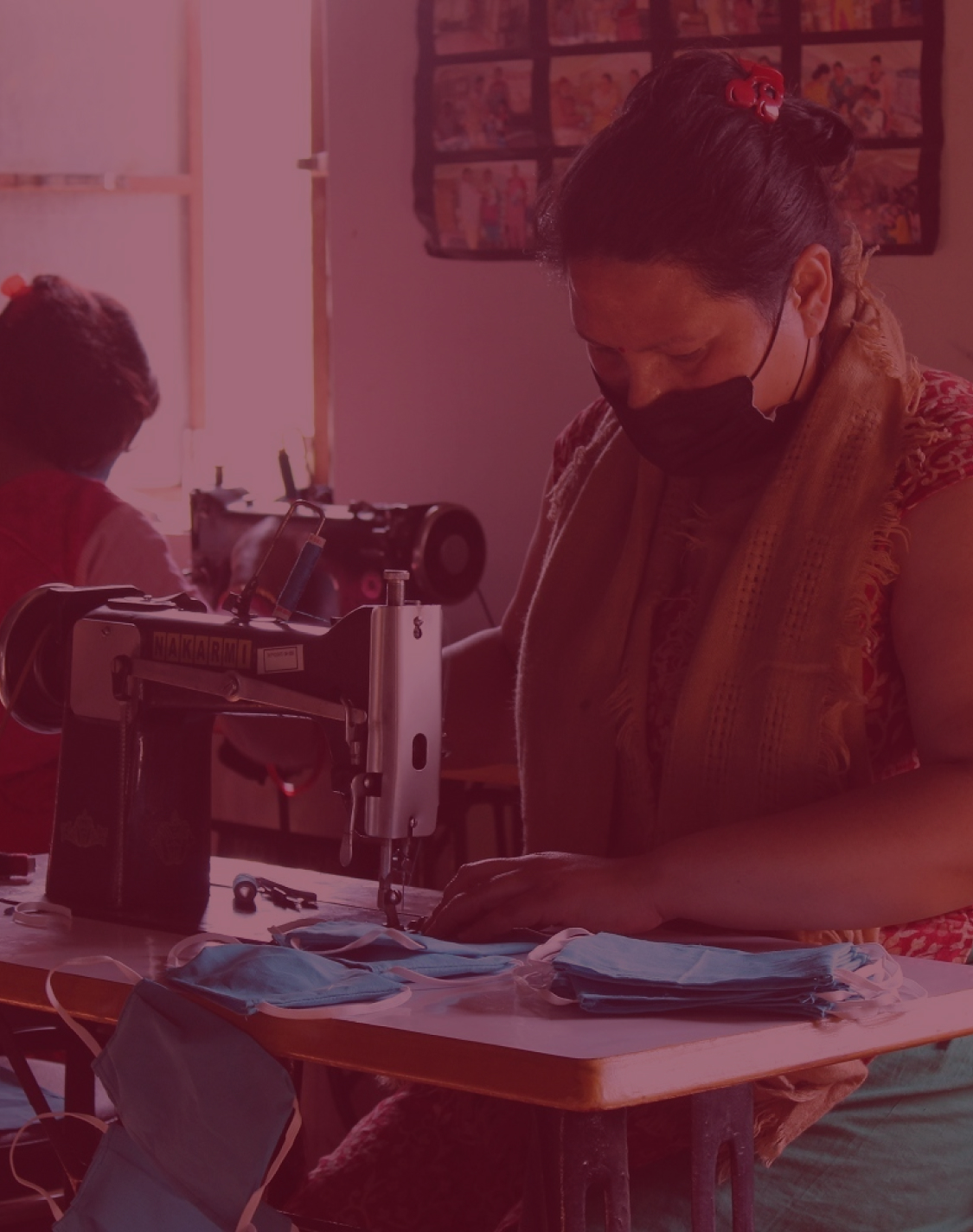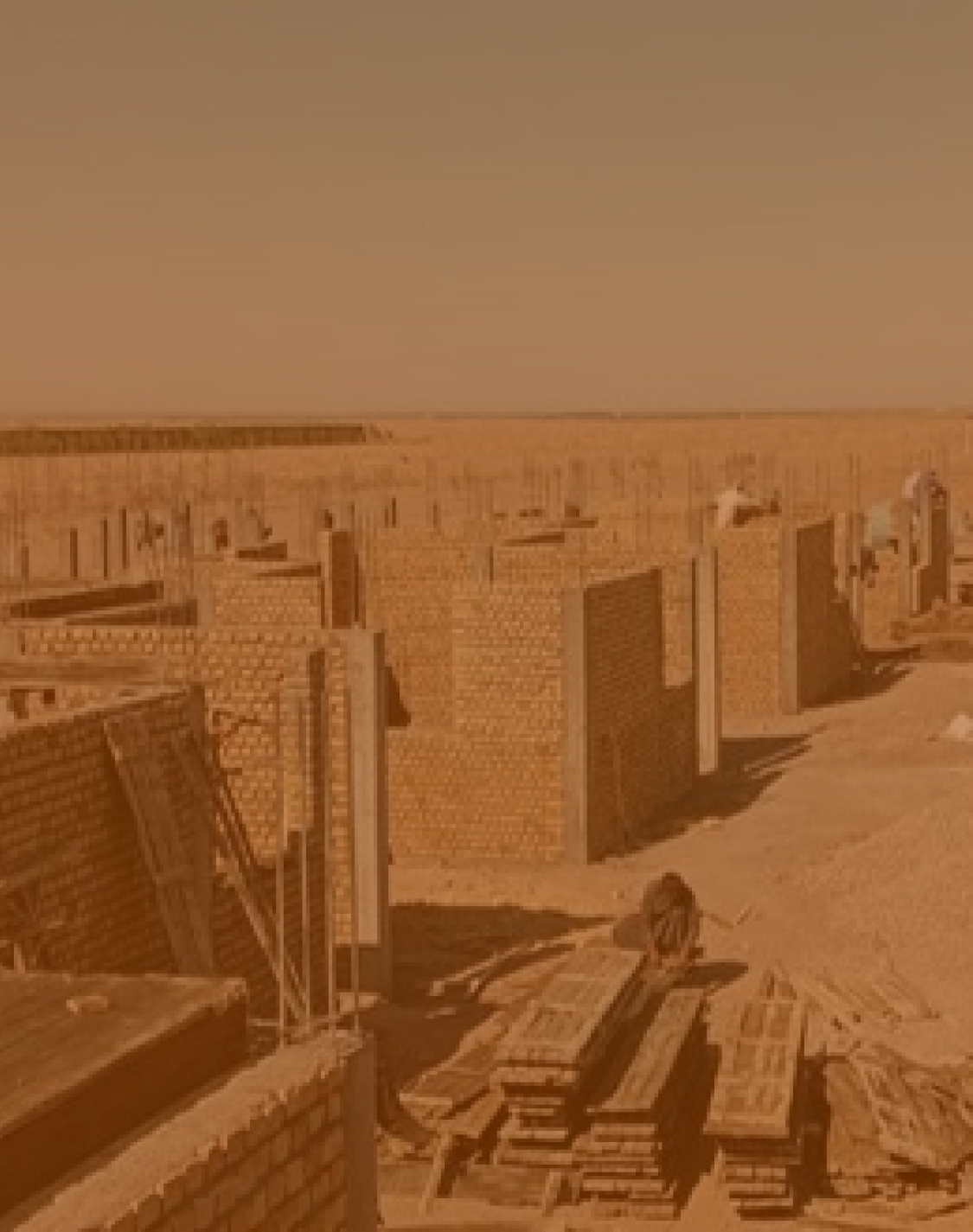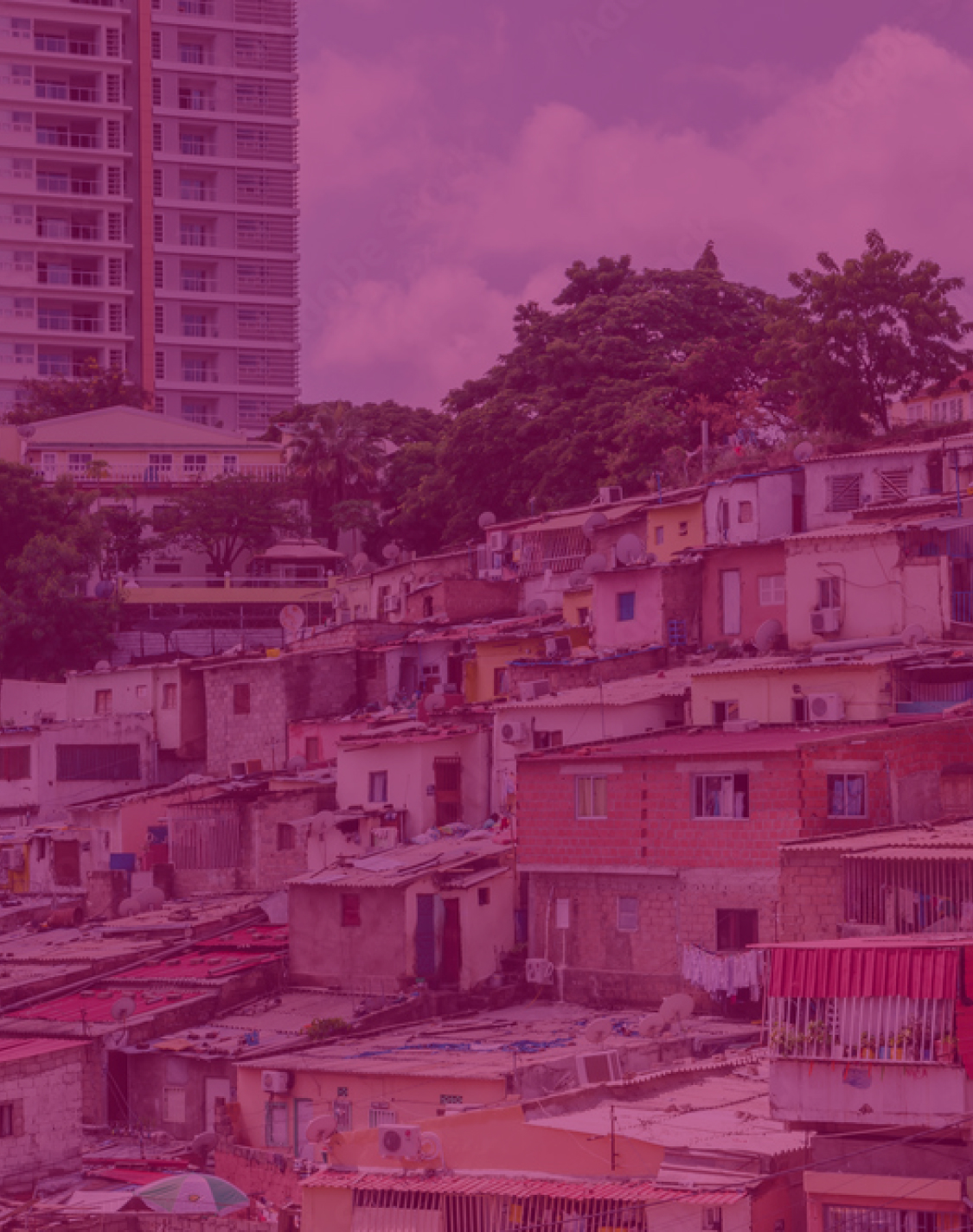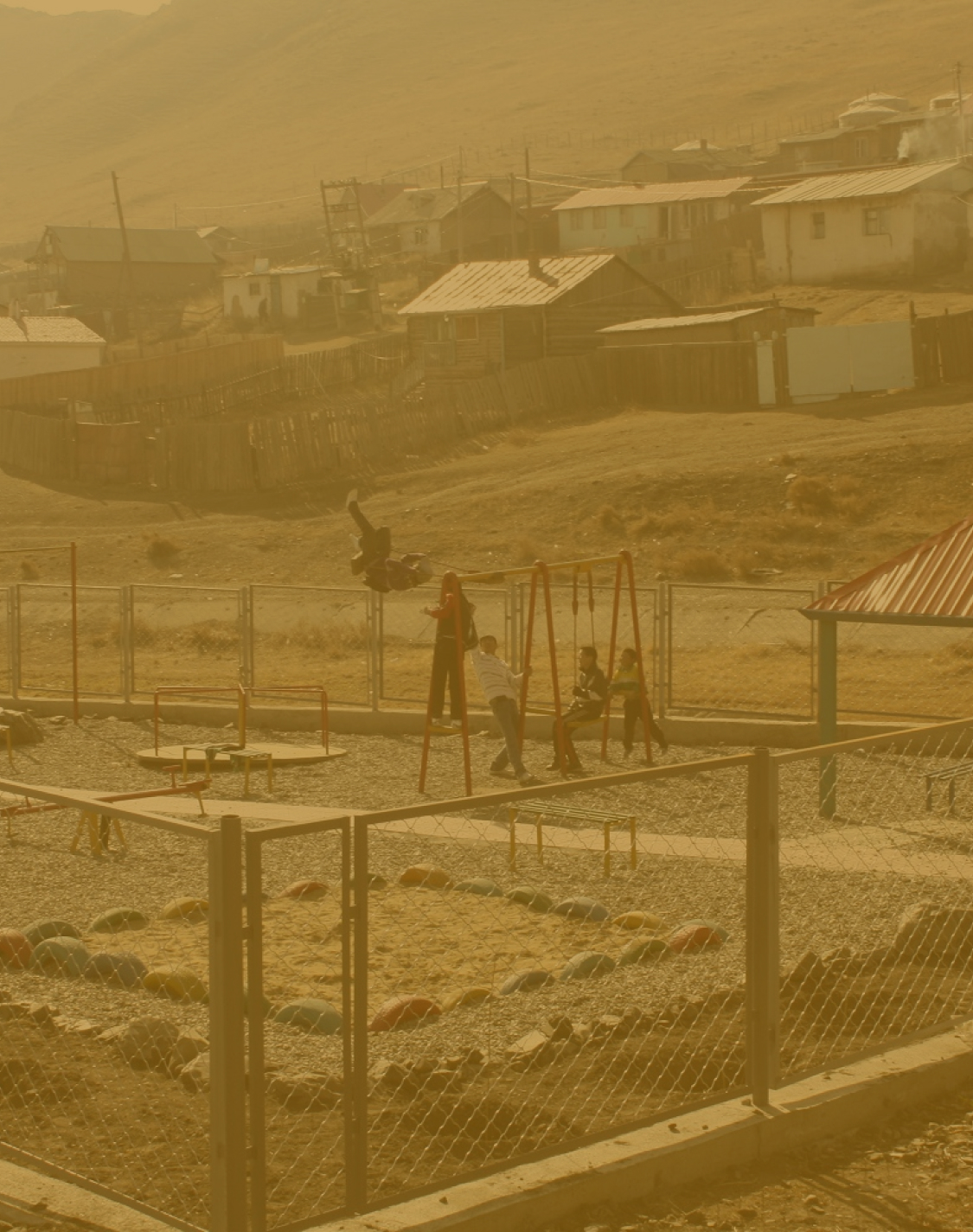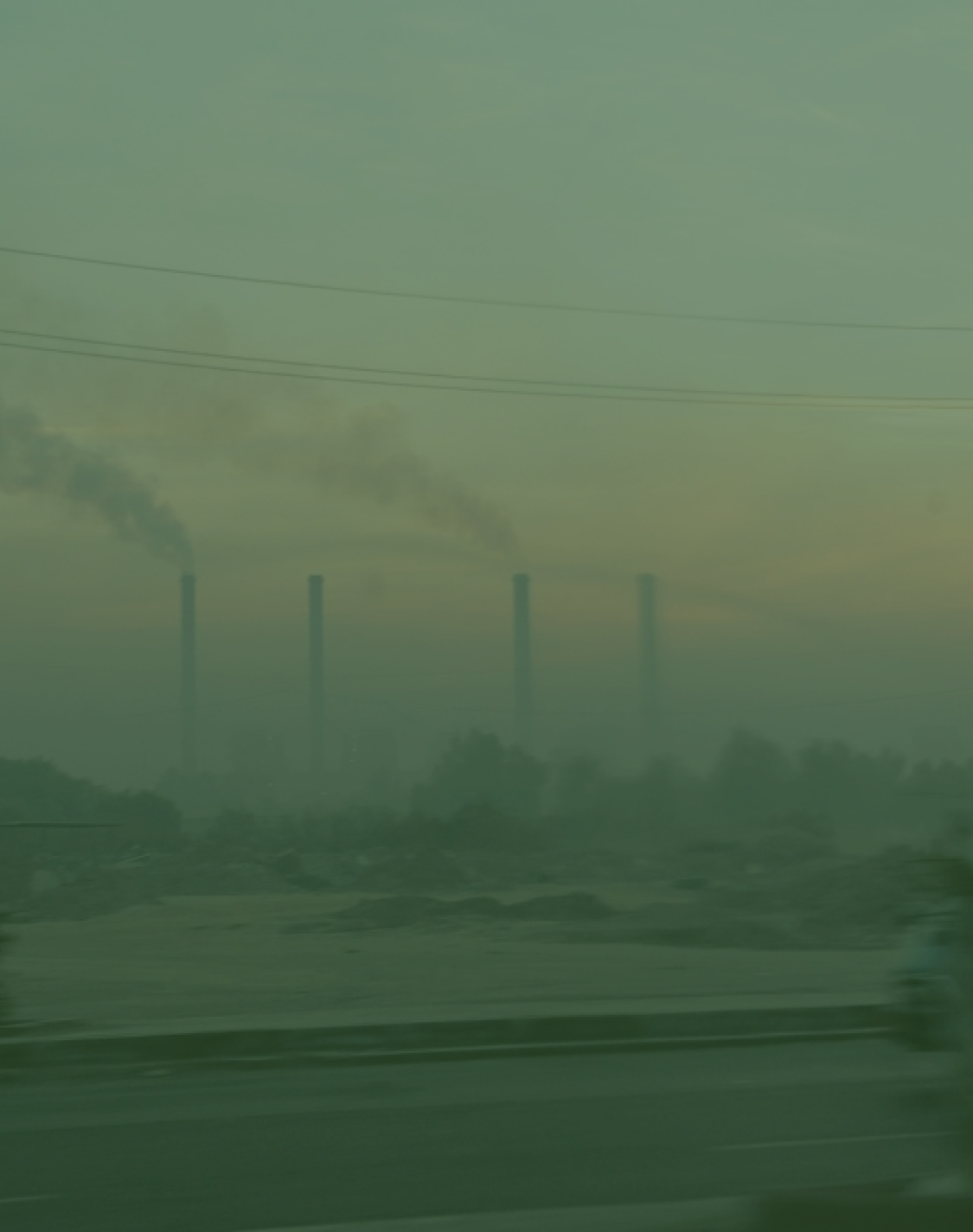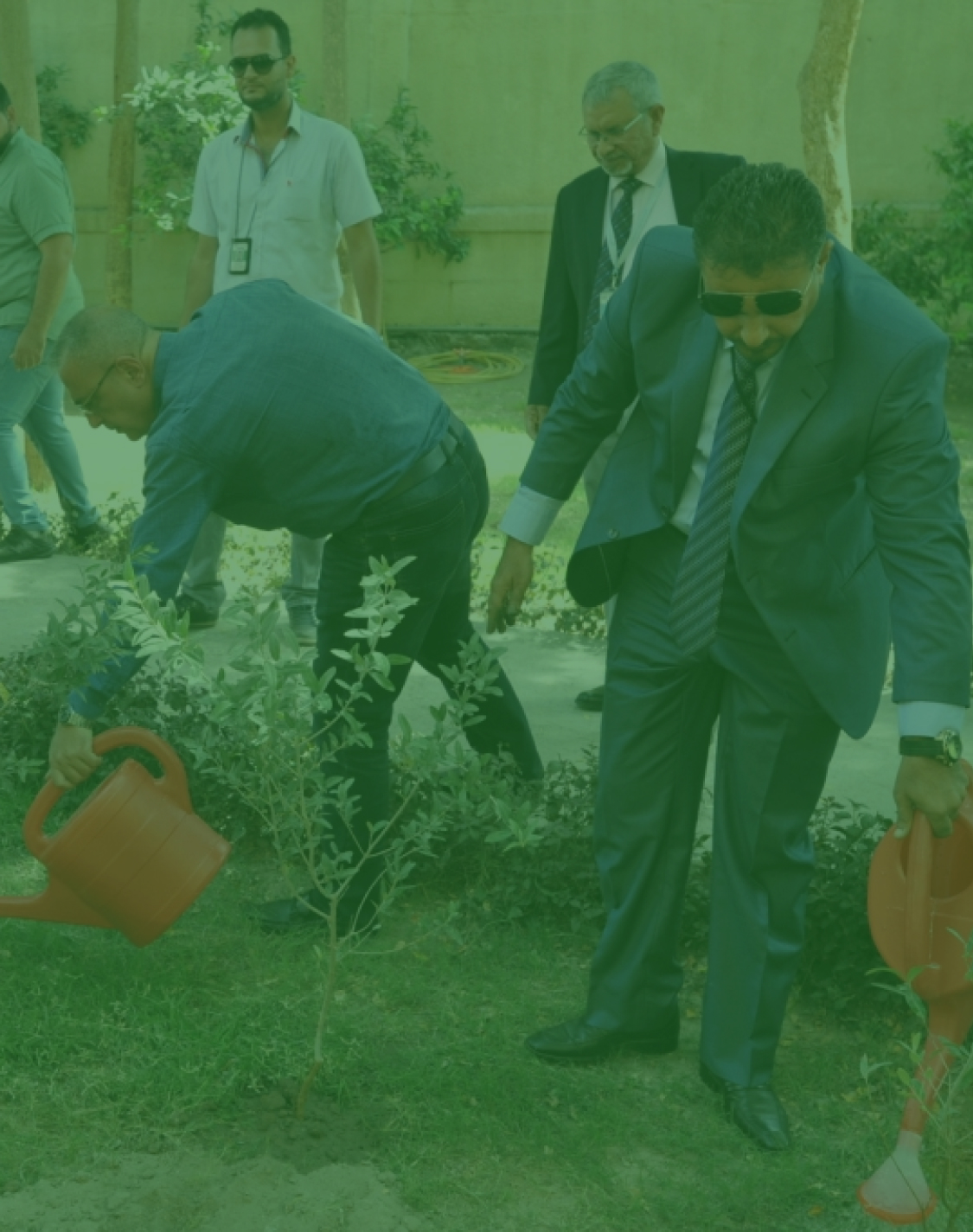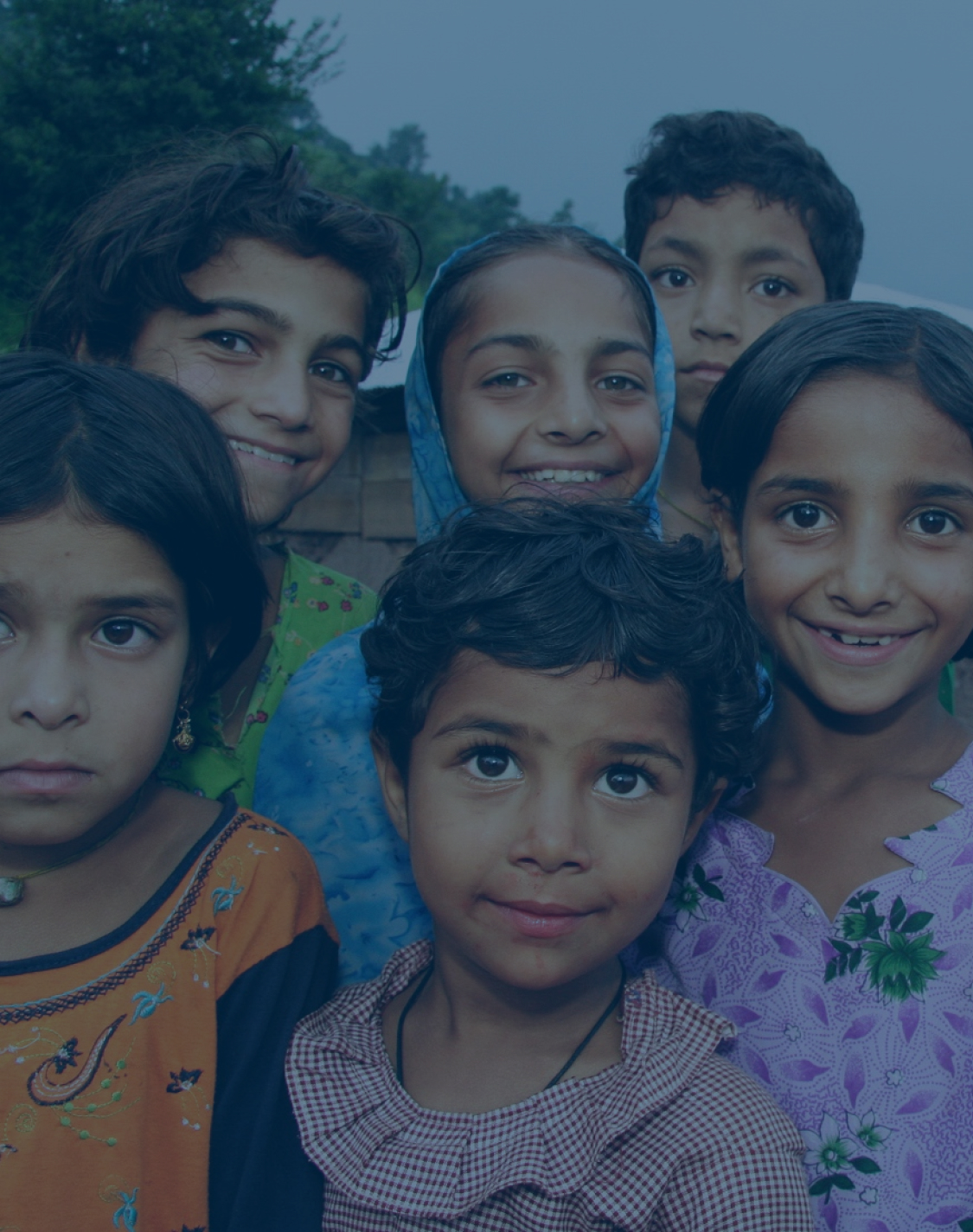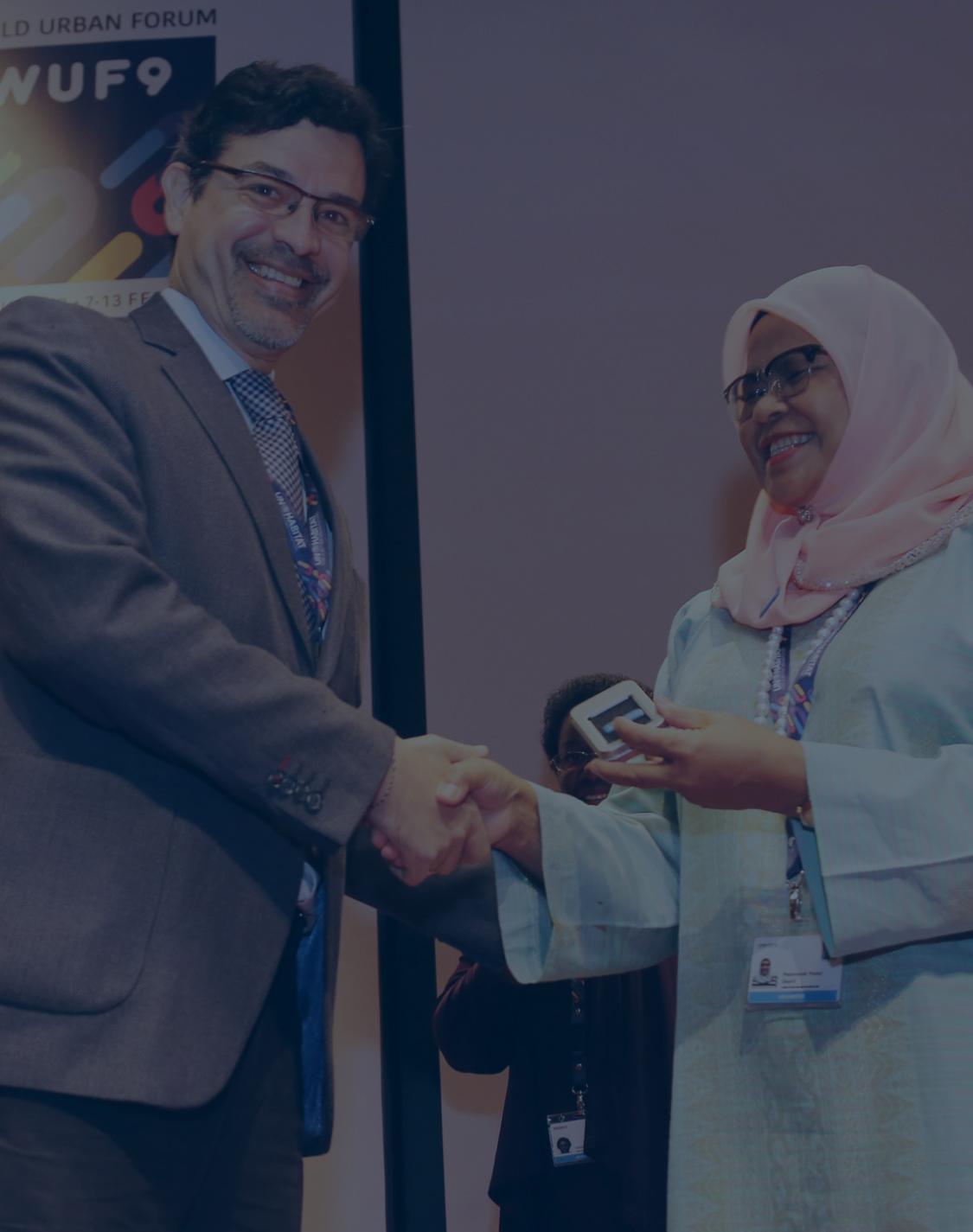What does "SDGs"mean?



SDGs stand for
Sustainable Development Goals.
“Sustainable” refers to using resources in a way so that they will continue to be available in the future.
“Development” refers to bringing about social change that improves or progresses human’s quality of life.
SDGs stand for Sustainable Development Goals.
“Sustainable” refers to using resources in a way so that they will continue to be available in the future.
“Development” refers to bringing about social change
that improves or progresses human’s quality of life.
The 17 Sustainable Development Goals aim to be fulfilled by 2030,
and there are 169 targets to help guide our progress.
Move your mouse over the 17 goals to learn more!
Sustainable Cities and Communities
Half of the world’s population now live in cities, and this is projected to increase to two-thirds by 2050. Cities can solve many of the challenges our world faces. Urban areas drive innovation, consumption and investment worldwide, making them a positive and potent force for addressing sustainable economic growth, urban development and prosperity.
No Poverty
With humanity becoming increasingly urban, trends indicate poverty is also becoming increasingly urban. Sustainable urbanisation improves the lives of people in human settlements around the world and increases prosperity.
Zero Hunger
Sustainable urbanisation increases food security. The presence of cultivable land for farming provides food for urban areas and supports agricultural productivity whilst improving the livelihoods of rural populations.
Good Health and Well-Being
Through integrated urban planning, access to basic services, and access to decent and affordable housing, sustainable cities contribute to better health.
Quality Education
Inclusive and sustainable cities provide better access to education by the urban poor, women and girls. Inclusive and equitable education provides adequate skills for decent jobs and improved living conditions.
Gender Equality
Providing women and girls with equal access to education, health care, decent work, and representations in political and economic decision-making processes nurtures sustainable economies, and helps develop inclusive and sustainable cities.
Clean Water and Sanitation
Effective urban planning and urban water management systems ensure access to safe drinking water, sanitation and hygiene, and improve the quality and sustainability of water resources worldwide.
Affordable and Clean Energy
Access to clean and efficient energy systems is crucial for development of safe, resilient and sustainable cities, allowing them to grow and perform efficiently while reducing pollution and mitigating climate change.
Decent Work and Economic Growth
Inclusive and sustainable cities are a positive and potent force for addressing sustainable economic growth and prosperity, as they drive innovation, consumption and investment.
Industry, Innovation and Infrastructure
Investment in infrastructure, industrialization and innovation are key to making cities safe, resilient, inclusive and sustainable.
Reduced Inequalities
Sustainable cities address prevailing inequalities through better urban planning, design and governance, providing better opportunities for employment, affordable housing and accessible transport.
Sustainable Cities and Communities
Half of the world’s population now live in cities, and this is projected to increase to two-thirds by 2050. Cities can solve many of the challenges our world faces. Urban areas drive innovation, consumption and investment worldwide, making them a positive and potent force for addressing sustainable economic growth, urban development and prosperity.
Responsible Consumption and Production
Sustainable urbanisation uses natural resources innovatively and efficiently. These sustainable patterns of production and consumption increase cities productivity and reduce negative environmental impacts.
Climate Action
Sustainable cities provide real opportunities to mitigate and adapt to the effects of climate change, through environmentally sustainable and resilient urban design, development and governance.
Life Below Water
Sustainable urban planning and proper management of resources can reduce the pressure coastal cities put on the environment. Proper management of waste generated by cities prevents ocean pollution and protects biodiversity.
Life on Land
Sustainable urbanisation and better urban planning, including the development of green infrastructures and the safe management and treatment of waste, can conserve and restore terrestrial ecosystems.
Peace and Justice and Strong Institutions
Peaceful, inclusive and sustainable cities rely on the kind of institutions we build in cities. This impacts how we govern our cities as well as how we implement the process of urbanisation itself.
Partnerships for the Goals
Increasing international cooperation is seen as vital to achieving each of the 16 previous goals. Achieving the SDGs, including Goal 11, will only be possible if there are strong partnerships within and across with all the goals.
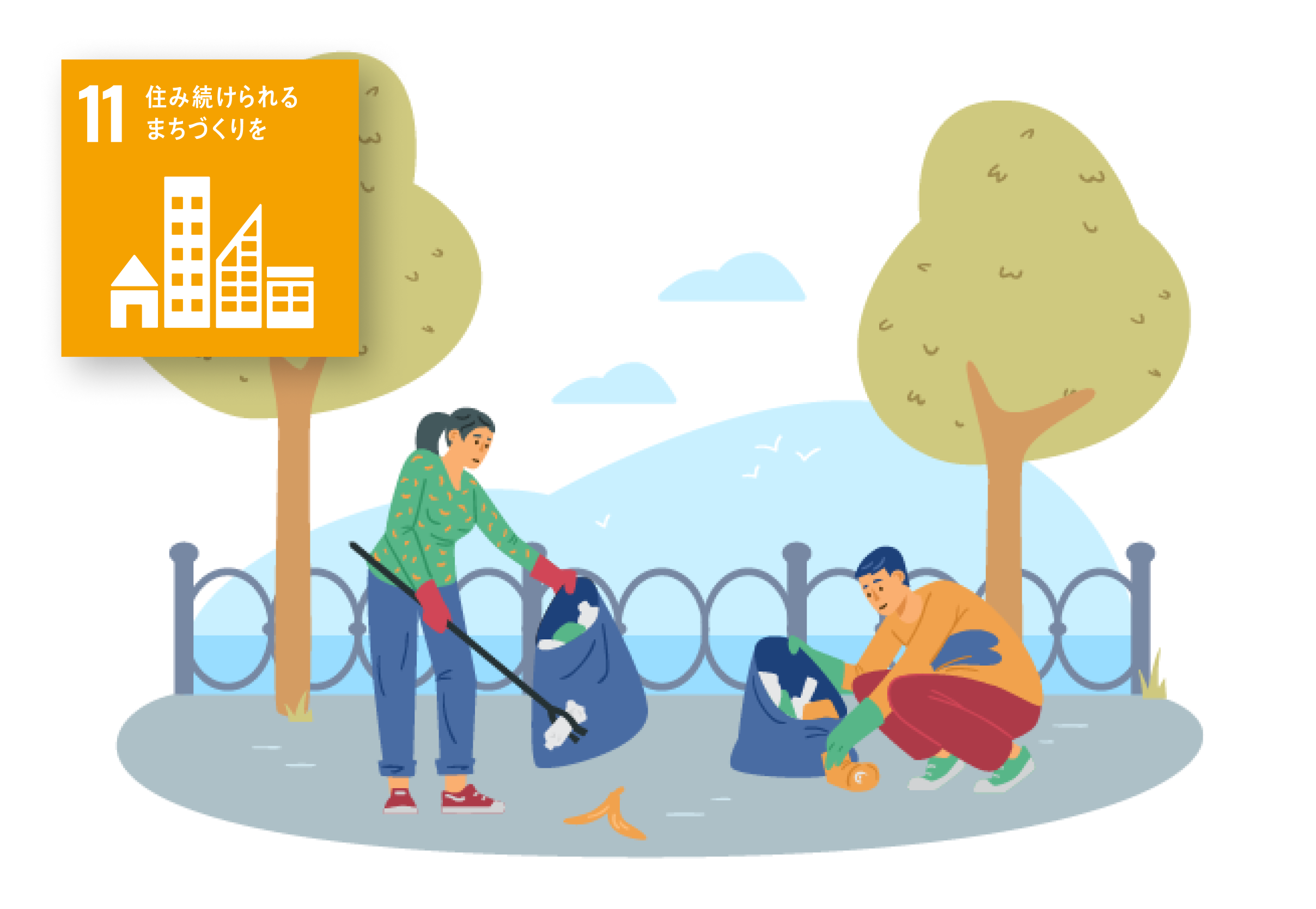
“Building safe, inclusive and
resilient cities and communities”
The word “resilient” in the context of Goal 11, refers not to the strength to remain unbroken, but to the ability to quickly recover from potential damage. When a natural disaster strikes, it is important to be able to minimise the damage and quickly recover the city and repair the damage. This is the path we strive for in future cities. While cities offer convenient and comfortable living, they also require lots of housing, infrastructure, and resources that allow everyone to live safely and securely. In order to create a safe, inclusive and resilient city, well-planned and equitable urban development will be essential.
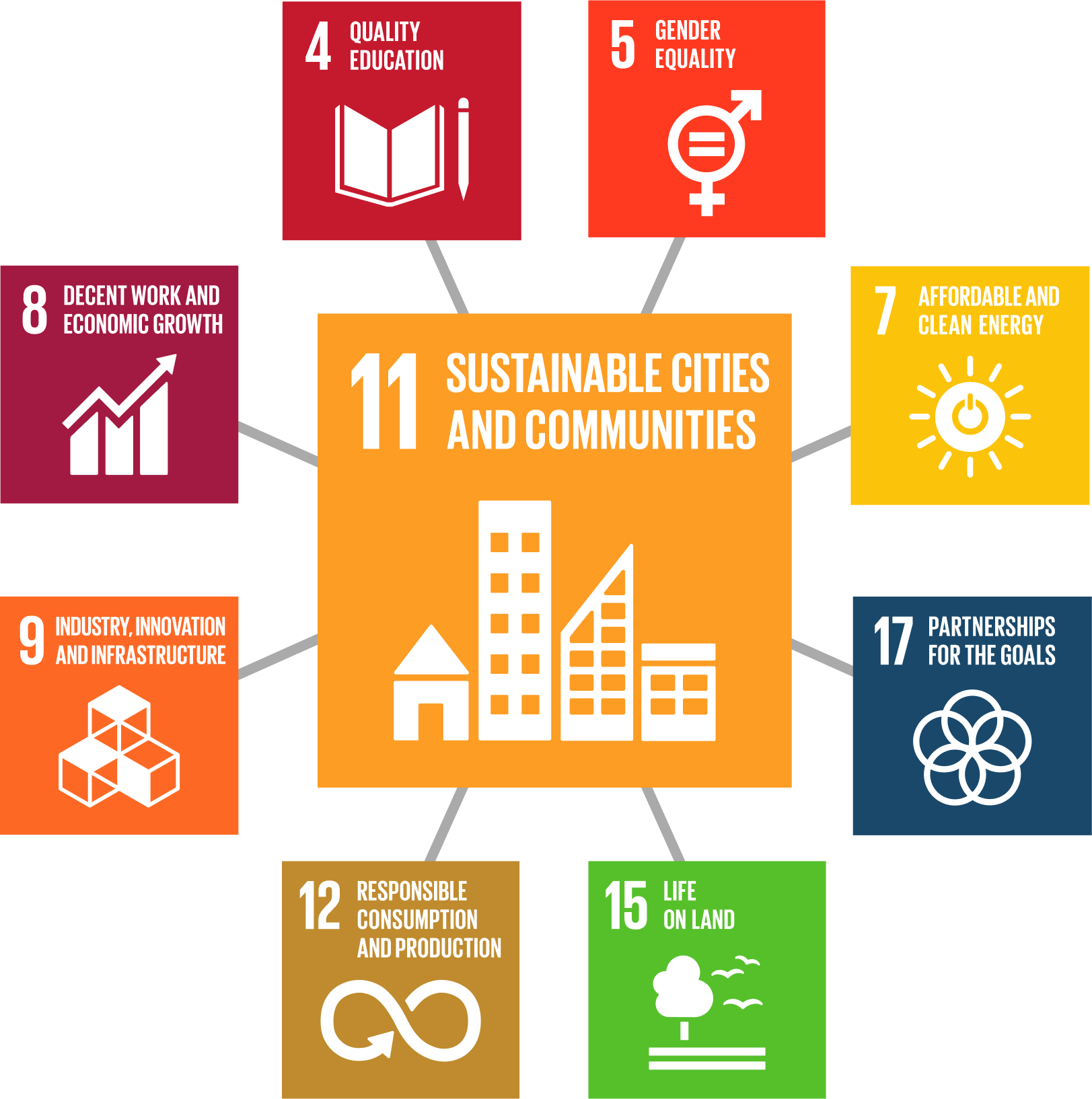
With the Sustainable
Development Goals, Everything
is Connected
With the Sustainable Development
Goals, Everything is Connected
Development Goals, Everything
is Connected
Goals, Everything is Connected
Although the SDGs have their own goals and targets, they are linked to each other and are constantly influenced by the progress of the other SDGs: For example, SDG 11, "Creating sustainable cities and communities," cannot be achieved without the help of SDG 4, "Quality education for all," SDG 7, "Affordable clean energy for all," or SDG 15, "Protecting life on land". For example, if clean energy can be provided to all, not only would it be more environmentally friendly but would also improve the quality of life in urban areas. Rather than thinking about the SDGs as separate goals, think about the idea that one action can have an impact in many areas.
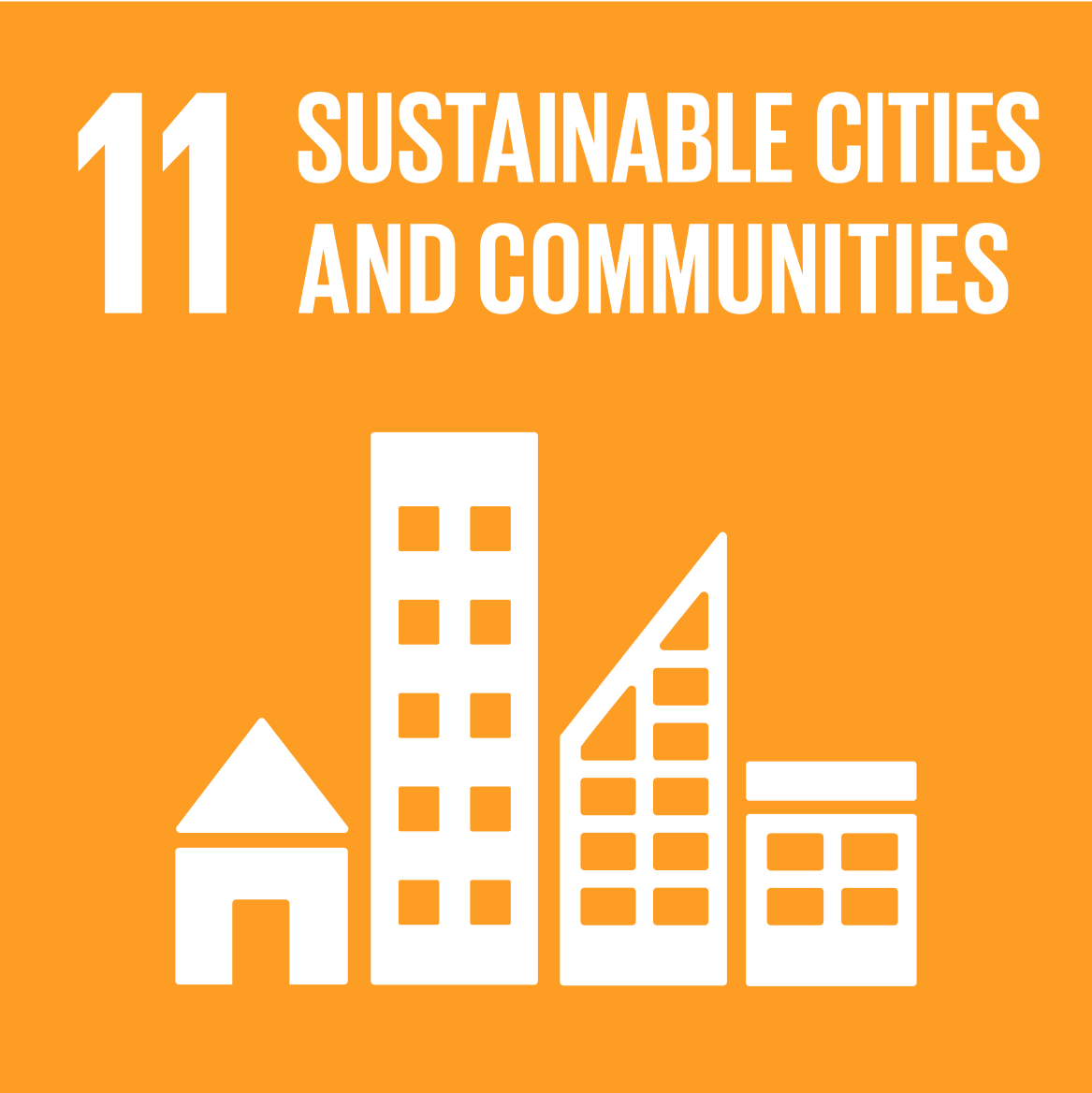
“A Safe and Inclusive City”
The answer to what “a safe and inclusive city” looks very different for men, women, transgender people, children, adults, immigrants, the elderly, and the disabled, depending on their circumstances and backgrounds. We all have different needs, so how can we share the joys of a comfortable community with the people around us? In order to achieve this goal, it is important to start with small efforts, and be mindful towards others. Take a moment to think about your own community, and what you can do to make it an inclusive, safe and comfortable place for everyone.
Learn about Sustainable Development!
The ultimate resource guide for adults and youth alike.

Play the SDGs Game!
“Go Goals!”
The SDG board game for children
Dear friends, welcome to the “GO GOALS!” board game. The purpose of this game is to help children understand the Sustainable Development Goals, how they impact their lives and what they can do every day to help and achieve the 17 goals by 2030.
Download and print the game pack here.
